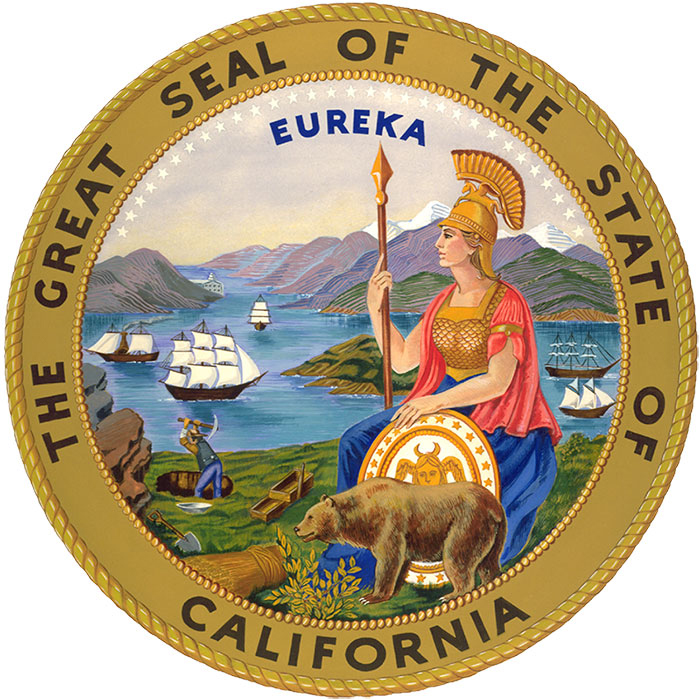CN’s volume was up 1 percent, while NS eked out a 0.4% gain, according to a review of Association of American Railroads weekly carload reports. The final quarterly figures, which will be released alongside the railroads’ financial results this month, may differ slightly.
CSX Transportation’s traffic was flat compared to a year ago as intermodal declines were offset by carload gains.
BNSF Railway, Canadian Pacific, and Union Pacific volumes were down.
BNSF posted the largest traffic decline, at 5.1%, as coal volume sank nearly 11%, grain was down nearly 12%, and intermodal was off by 5.3%.
CP’s carload volume declined 2.1%. UP’s volume was off by 1%, buoyed by a 4% gain in intermodal traffic that was partly due to the ONE international intermodal contract it won last spring.
U.S. rail volume decelerated each month this year. Overall volume was up 1.1% in January, down 1.8% in February, and off by 5.2% in March.
Several factors were behind the volume declines, analysts say, including harsh winter weather in the West and western Canada in February, followed by March flooding in the Midwest that shut down key routes on Union Pacific, BNSF, and, to a lesser degree, Norfolk Southern.
Retailers and industrial companies also rushed to get goods into the U.S. last year before tariffs took effect this year, which has meant lower-than-normal international intermodal volume so far this year.
Chinese tariffs also have had a negative impact on U.S. grain exports.
North American rail volume for the first 13 weeks of 2019 was 9,029,706 carloads and intermodal units, down 1.3% compared with 2018, according to AAR data.












Actually it says CSX was flat. Car loads were up. No ghosts.
CSX traffic down??? Oh yeah, that’s right, they keep pruning they’re trackage…Ghosts of the head Hunter still emerging.